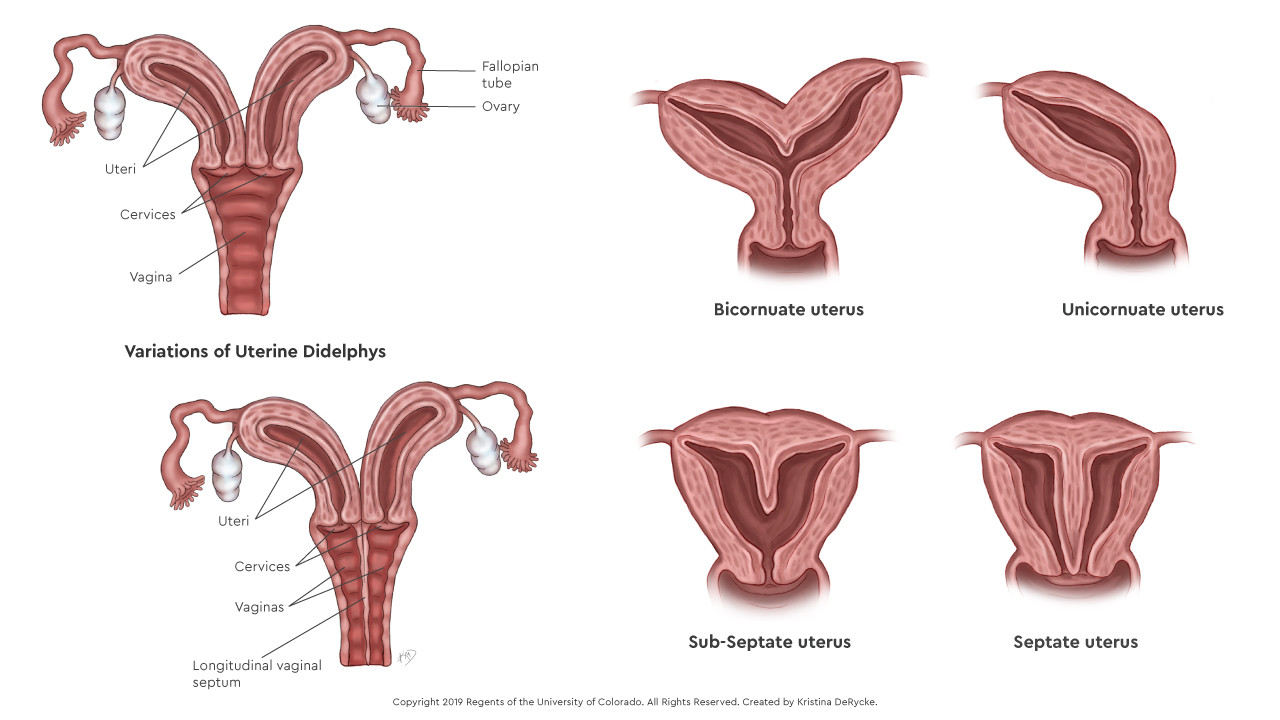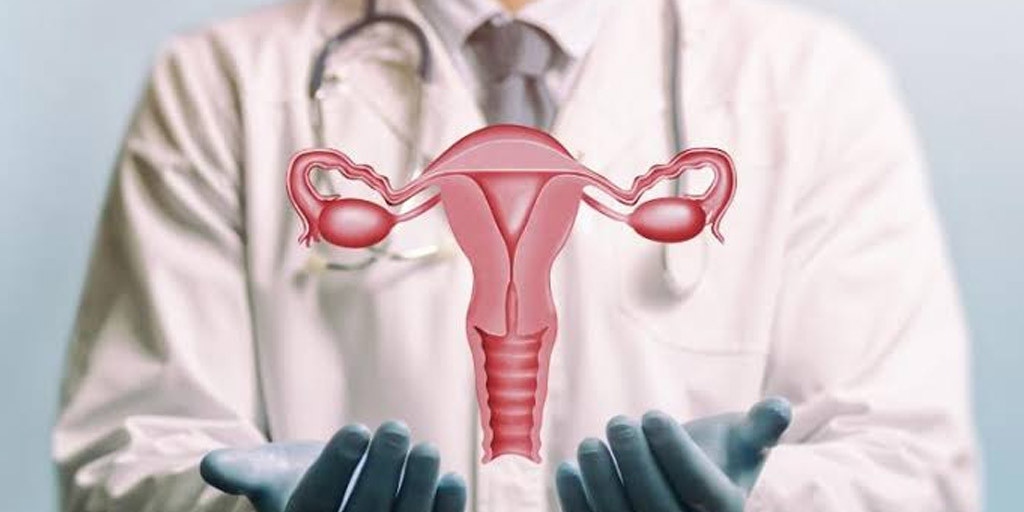Definition
Patent urachus is a condition characterized by the persistence of a connection between the umbilicus (navel) and the urinary bladder that remains open. This connection, known as the urachus, should normally close during fetal development in the womb.
Urachus
The urachus is a channel through which urine flows in the fetus during the first trimester of pregnancy. It begins to narrow and close around 12 weeks of pregnancy, leaving behind a small band of tissue between the bladder and the umbilicus. If the urachus persists and remains open, surgical intervention is recommended to prevent bacterial infections that can enter the bladder through the umbilicus. Additionally, patent urachus can cause urine leakage from the umbilicus.
Patent urachus
Patent urachus is one of the conditions in a spectrum of disorders known as Urachal Abnormalities. It is predicted that patent urachus accounts for approximately 1.5% of all Urachal Abnormalities.
Patent urachus is typically detected during childhood, but it can also be discovered in adulthood. In adults, the patent urachal canal is usually very small, and high pressure in the bladder can lead to sudden severe abdominal pain in the area around the bladder. Interestingly, the number of new cases of patent urachus occurring in boys is three times greater than in girls.
Causes
The cause of patent urachus is the failure of the urachal canal to involute (shrink) properly during fetal development, resulting in the urachus remaining open until birth. To date, it is not clearly understood why the process of urachal canal closure fails to occur in some cases.
Risk factor
Urachal abnormalities is linked with:
- Recurrent urinary tract infections
- Sepsis (bloodstream infection causing organ damage)
- Tissue transformation into malignancy, such as urachal adenocarcinoma, which can occur in adulthood
Patent urachus is also often associated with the narrowing of the lower urinary tract.
Symptoms
The symptoms of patent urachus vary. The most common symptom is the leakage of urine from the umbilicus, although pus may also be observed in the umbilicus. Normally, the diameter of the umbilical cord is around 1.5 cm, so if the thickness of the umbilical cord is abnormal, further examination is needed. Additionally, the appearance of the umbilicus may appear different from usual, with folding or eversion.
In children, aside from urine leaking from the umbilicus, patent urachus can present with symptoms resembling urinary tract infection, such as:
- Fever
- Pain during urination
- Abdominal pain around the bladder area
- Redness at the tip of the genitals or around the umbilicus
In adults, patent urachus can cause acute abdominal symptoms, namely severe abdominal pain in the area near the bladder.
Diagnosis
The diagnosis of patent urachus is established through medical interviews, physical examinations, and, if available and necessary, further diagnostic tests. During the medical interview, the doctor will inquire about the symptoms experienced by the child. Complaints of urine leaking from the umbilicus are quite characteristic of patent urachus. If the symptoms suggest patent urachus, the doctor will proceed with a physical examination and additional diagnostic tests.
In physical examinations, the doctor will search for clinical signs that suggest patent urachus. In cases of patent urachus, the doctor may find pus or fluid coming out of the umbilicus or detect tenderness in the abdomen or swelling in the abdomen that is felt when pressed in the umbilical area.
Diagnostic tests play a crucial role in diagnosing patent urachus. Tests such as ultrasound (USG) can assess the presence of a tubular connection between the bladder and the patient's umbilicus. If it's difficult to visualize through ultrasound, a CT scan can help identify whether there is a patent urachus present.
Management
Patent urachus needs to be treated surgically to prevent recurrent urinary tract infections and skin damage around the umbilicus. Usually, surgery performed on babies or children involves only small incisions that do not cause significant injury. The procedure typically involves completely removing the patent urachus, including the portion attached to the bladder. Sometimes, a catheter or urinary stent may be inserted into the child for 1-3 days after surgery. In older children, the surgical procedure usually involves laparoscopy, which uses small incisions in the abdomen and waist, assisted by a small camera tube.
If patent urachus is accompanied by a bacterial infection, the doctor may prescribe antibiotics and drain any pus-filled wounds if present. Typically, infection management is performed before the surgical procedure.
Complications
Complications of patent urachus include infection, although it is rare. Existing infections can lead to abscesses (pus pockets), resulting in severe and sudden abdominal pain in children. Additionally, infections typically occur after the surgical procedure, leading to post-operative wound infections or urine leakage into the abdomen, which may occur after surgery in patent urachus cases. These complications can reduce the quality of life and increase morbidity rates.
However, the incidence of complications, including rare ones, is low, and usually, after surgery, children can return to normal activities.
Prevention
There are no specific preventive measures for patent urachus cases. Pregnant women are encouraged to attend routine prenatal counseling and take prescribed prenatal supplements. It is also recommended to avoid behaviors that may harm the fetus, such as smoking or drinking alcohol.
When to see a doctor?
If your child experiences worsening symptoms, such as recurrent urinary tract infections or frequent discharge from the umbilicus, it's advisable to seek further medical evaluation from a pediatrician, urologist, or pediatric surgeon.
The doctor will conduct a medical interview, physical examination, and specific diagnostic tests to establish a precise diagnosis of the underlying condition and provide appropriate management as needed.
Looking for more information about other diseases? Click here!
- dr Hanifa Rahma
Briggs KB, Rentea RM. Patent Urachus. [Updated 2022 May 8]. In: StatPearls [Internet]. Treasure Island (FL): StatPearls Publishing; 2022 Jan-. Available from: https://www.ncbi.nlm.nih.gov/books/NBK557723/
Medline Plus. Patent urachus. Januari 2021. https://medlineplus.gov/ency/imagepages/9667.htm
University of California, San Francisco. Urachal abnormalities. July 2022. https://urology.ucsf.edu/patient-care/children/urachal-abnormalities#.YsKQinZBy5d
Morgan, MA. Patent Urachus. May 2021. https://radiopaedia.org/articles/patent-urachus












